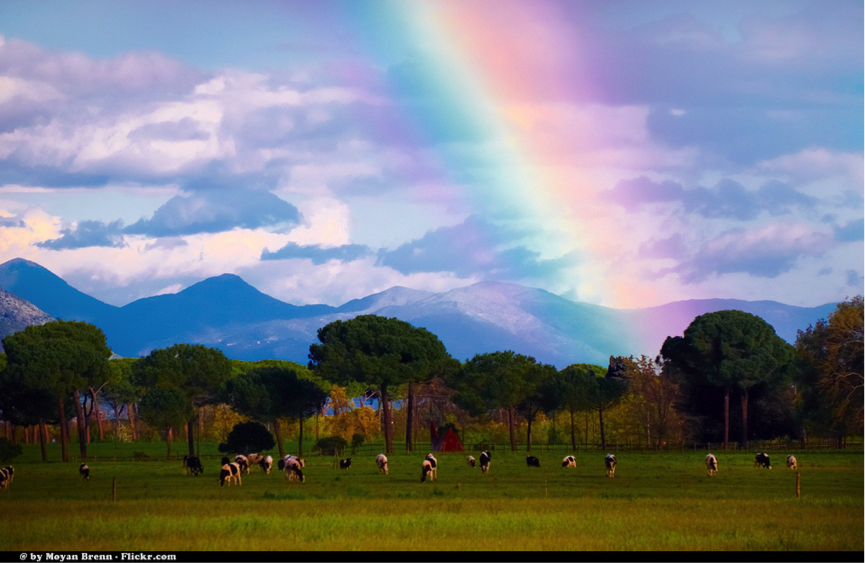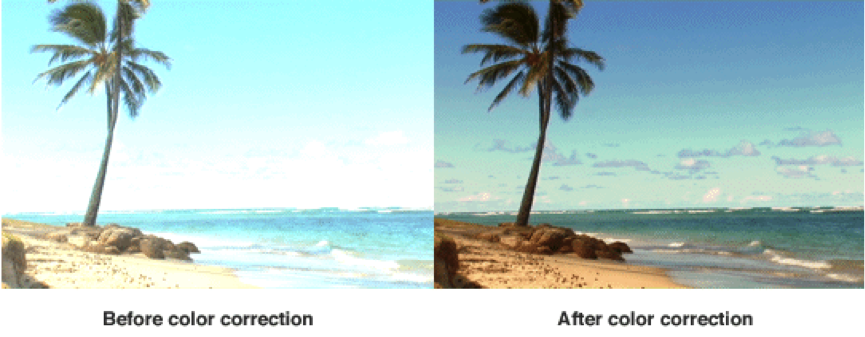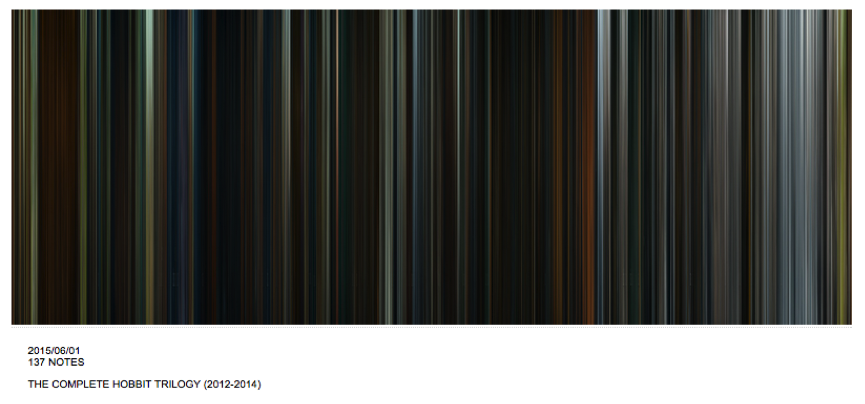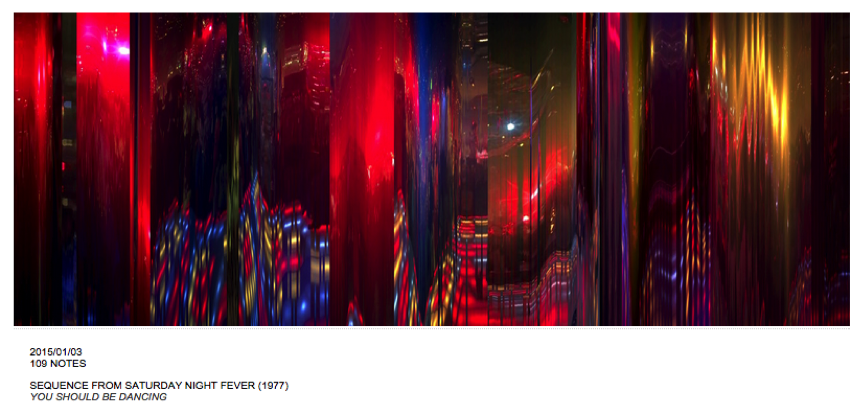Colour is the secret weapon of every good filmmaker and its impact is often underestimated.
Previous posts from the blog series, The Secret to Achieving Greatness in Film Production, discuss the elements involved in creating a video to go above and beyond an average film production. This includes composition and sound.
In part three, the impact of colour is examined and how knowing a little science can improve your film production.
What impact does colour have on filmmaking?
Colour is not just significant for aesthetic reasons; it has many other roles too:
- Correct colour management allows the image to appear as natural as possible, or unnatural if you are using the setting to break the rules.
- It focuses the viewer’s attention to a specific part of the frame.
- It adapts the tone and evokes a mood based on our natural associations.
- Colour indicates the time of day or location. Red and orange signify a warm summer day or sunset. Dark blue represents evening or cool weather.
The importance of colour when filming
When a film crew arrives to film your video they constantly assess the environment, making sure they have optimum conditions to create the best product possible. It’s not only about the subject matter. Location, props, sound, and temperature are also huge factors in the suitability of a film location.
Have you seen a camera operator hold up a piece of white paper? This is to establish white balance. If you own a camera, you will be familiar with the white balance setting unless you are an ‘auto’ fan. The white balance essentially tells the camera what is white, allowing it to adjust to all other colours. This allows the colour in the frame to be as natural as possible – as close to what you see with your eyes.
What is colour temperature?
Colour temperature refers to the warmth of a colour. Although a physical measurement, it is referred to in psychological terms in filmmaking. It is based on natural associations we are brought up to trust. For example, red and orange are related to fire and warmth, blue and grey with ice and cold.
A colourful location
The way a room is lit affects the colour temperature. Imagine setting up an interview in your boardroom at work. It’s fairly dark apart from one window allowing natural light to come in. Otherwise, the room is lit with a lamp.
The daylight through the window produces cool colour temperatures and the artificial lighting of the lamp produces warm temperatures. To have both sets of temperatures in one shot is confusing for the camera. It can’t work out what is white, making the image look unnatural. A competent camera operator understands how to adjust the colour temperature before filming to accommodate environmental factors.
Time of day impacts the colour temperature dramatically. If filming all day, the light will change. Unless this is addressed while filming, the footage looks very different when watching it back in post-production.
Manipulation of colour in post-production
During post-production, editors will go through a process called colour correction. In simple terms, this means correcting the colour to make it look as natural and balanced as possible. Colour correction is a crucial part of post-production. There are many full-time colour correctionists in the industry whose sole job is to work on colour.
The job of the editor or colourist is to alter every clip of footage to match the colour temperature. If colour temperature has not been addressed during filming, this could be a big job in post. The role is to make white look white and black look black. A telltale sign is when the black suit of an interviewee looks a bit blue. Another sign is when skin colour looks a bit sickly. For both cases the colour temperature needs to be made warmer.
Grading
Colour correcting can be time-consuming and labour-intensive but it doesn’t stop there; the next step is grading. With technical knowledge and creativity, an editor uses grading to enhance a production. It’s one of those vital things required to make your production the best it can possibly be.
While colour correcting works to make the footage look normal and natural, grading offers a way of manipulating colour for the purpose of the film. It can alter the visual mood and tone, but it needs to be subtle.
For example, on set a family sits in a cozy living room with an open fire. During grading the colours would be pushed a little towards the red end of the spectrum, providing a subtle warm tone.
It’s interesting to see how colour can affect the mood and tone of a production. Moviebarcode.com shows how every movie has its own colour palette. The colour of each frame is condensed into a barcode, which gives an overall colour for the movie.
You can see the earthy tones of ‘The Hobbit’ and the bright electric vibe of ‘Saturday Night Fever’:
The habitat of an editor and how it affects film production
When clients visit our edit suites they often describe them as ‘cells’. Don’t worry; we don’t lock our editors away, but we do create the best environment possible for them to create the best work. There are a number of considerations when creating the perfect environment:
Walls
– The colour of the walls reflects the grading of a project. They should be a solid colour to limit reflection.
– The walls would usually be either grey/brown or white so they won’t interfere with the colour temperature of the room.
Windows
Ideally the suite would not have any windows, limiting the effect of different colour temperatures – daylight and artificial. If there are windows, they should be covered as much as possible.
Computer screens
It’s important the editor’s screen is calibrated to match what is ‘white’. The eyes cannot be trusted when there are lighting interferences.
Come and see how it’s done
We encourage clients to sit in on the edit process when we are working on their production. Feedback is always positive. Here’s why we encourage you to get involved:
- It helps to better understand and appreciate the process involved in creating the final product.
- It offers opportunity to make immediate decisions while the production is being pieced together.
- It’s good fun for everyone.
If you would like the opportunity to see how your video is created or are simply curious to see where the magic is done, feel free to pop in and meet the team.
Image credit: Movie barcode
Image credit: Before and After colour correcting
Featured Image: ‘Rainbow’/ by Moyan Brenn



